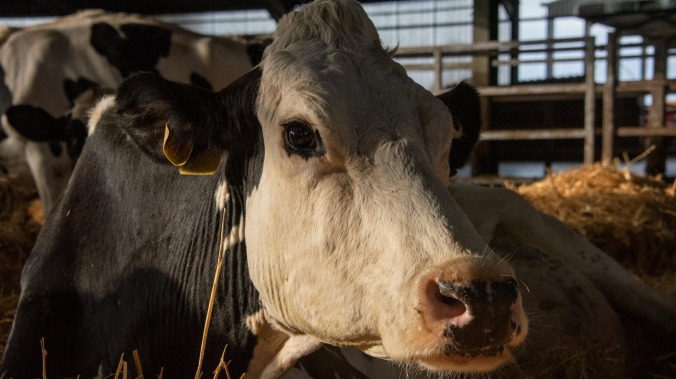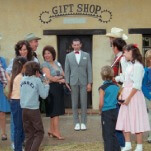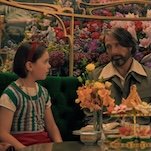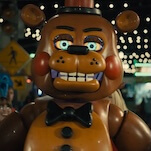In Cow, a farm is a prison and death is the only escape for Andrea Arnold’s bovine protagonist
The Fish Tank director’s first documentary chronicles the subjugation and exploitation of a dairy cow

The shot only lasts 61 seconds, but it may forever alter your perspective on the sad, arduous life and premature, violent death of a farm animal. It comes early in Cow, Andrea Arnold’s unsparing experiential documentary about a dairy cow named Luma living on a farm in the south of England. Moments after farmers have separated Luma from yet another of her newborn calves, she looks straight into camera and plaintively moos five times over the course of one minute. Refusing to cut away, forcing us to look Luma directly in the eye and hear her cries, Arnold gives us ample time to consider what emotions the cow is trying to express. Even the most skeptical among us would have to agree that Luma is expressing an anguish that is felt no less deeply than our own.
Such is the power of Arnold’s first documentary, one in which her directorial hand is felt so lightly that our relationship to Luma becomes almost personal. There is no narration or dialogue, save for mooing cows and the occasional overheard utterance of a farmhand. There is no real plot, just Luma birthing, eating, and giving milk in a nonstop cycle until her brutal end. There is no score, only a handful of popular songs overheard in the cow shed. This addition by subtraction results in one of the most immersive animal documentaries you’ll ever see. Its observational shooting style is simple yet rich in quotidian detail. Its storytelling is morally neutral, yet charged with moments that obligate the viewer to question our treatment of farm animals.
A documentary about a dairy cow may seem far removed from Arnold’s narrative films, like Fish Tank and American Honey. But all three movies spotlight females struggling to escape either social, economic, or personal confinement; her Oscar-winning short film Wasp featured a mother of four practically defined by her sexuality. Luma, in a different and crueler way, is also defined and given worth by her sexuality. Her primary purpose is to crank out calves, a crime against the female body aided and abetted by doctors who inject her with drugs to “get her cycling again” and insert an arm, elbow deep, into her vaginal canal to “check if it’s clean or not.”
At one point, a bull is brought in to impregnate Luma, the bovine pair oblivious to their role in her continuing exploitation. In the only flagrant instance of directorial fiddling, Arnold sets the scene to the groovy beat of Kali Uchis’ “Tyrant” and the cheekiest fireworks display this side of Hitchcock’s To Catch A Thief. Luma’s fertility is critical because as long as she’s pregnant she can perform her other primary duty: giving milk. For this, she and dozens of other cows are repeatedly hooked up to an enormous circular milking machine around which the cows stand frozen, slaves to an industrial system that will literally and figuratively suck them dry.








































